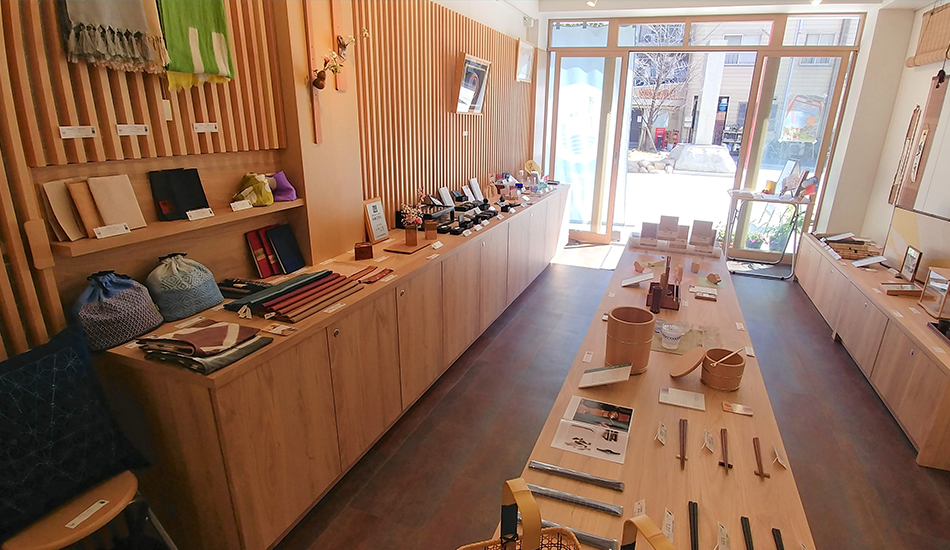Traditional Edo Crafts at Kika Gallery & Shop
Published: March 3, 2020
Japan as a country has mythical origins. According to legend, it was formed when Emperor Jimmu ascended to the throne all the way back in 660 BC. With such a long history, visitors often are surprised to learn many of the traditions we associate with Japan are in fact from the Edo Period (1603-1868). It’s important to remember, this is when the shogun was most powerful and prosperous. Being a patron of the arts was an elegant way of displaying one’s social rank.
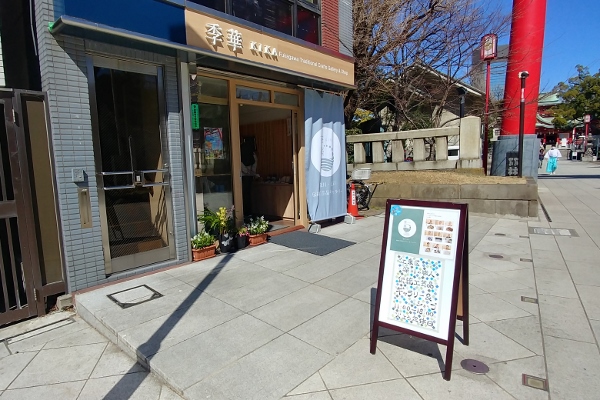
The area of Fukagawa in Koto City is home to an entire museum dedicated to the Edo Period and a recently opened gallery and shop highlights artisans who specialise in a skillset from the same time period. Being a lover of the arts myself, I was excited to visit and see what delightful items they had on display.
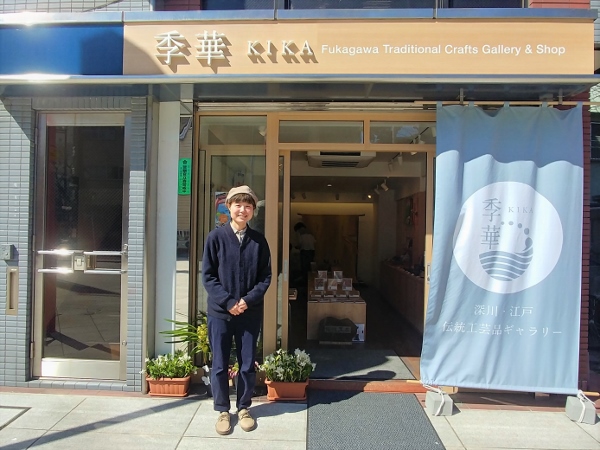
Kika – Fukagawa Traditional Crafts Gallery and Shop, named after the owner’s grandchildren, was opened on December 15th of 2019 and features the work 9 local artists in 8 different disciplines. I was guided around by the very kind Ms. Watanabe, who patiently explained about each artist.
In the shop, the artisans have their own section with a short bio and, in some cases, a pamphlet explaining the craft, some of which were in both Japanese and English. These are the traditional crafts featured:
Plain dyeing (mujizome): A multi-step dyeing technique where natural fibres, raw silk and yarn, are processed and dyed one single colour with a focus on hue, intensity, and value.
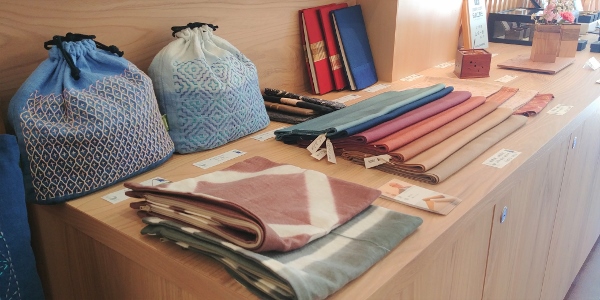
Tea cabinet, wood joinery (cha no yusashimono): Specialised cabinetry using precisely cut timber to form box-shaped items without the use of any nails. Commonly used timbers are Mulberry, Zelkova, Paulownia, and Cypress.

Bamboo mats (sudare) and Bambo basket weaving (Irokago): With sudare, bamboo is kept in its natural state and used for flat objects, such as screens and mats. While with Irokago, coloured bamboo string is woven into baskets.
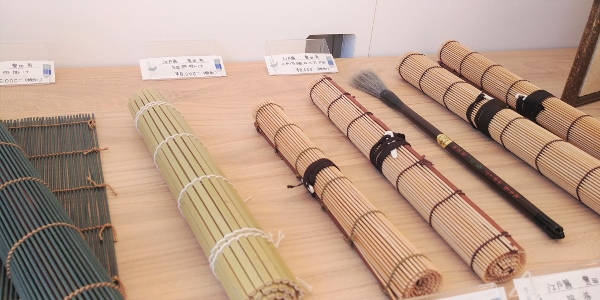
Cut glassware (kiriko): Glassware is cut using grinders and whetstones to create intricate patterns. At Kika Gallery and Shop there are two kiriko masters, one employs a traditional Edo style, while the other, a modern approach.
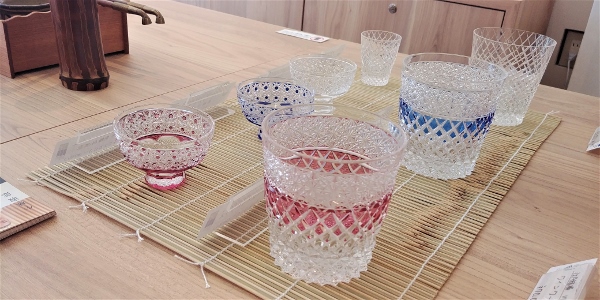
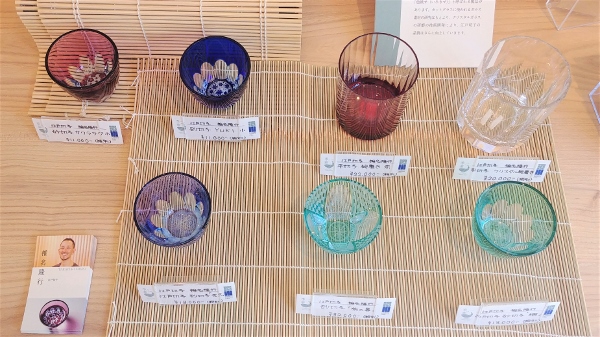
Metalwork (kiko): Delicate metalwork using gold and silver.
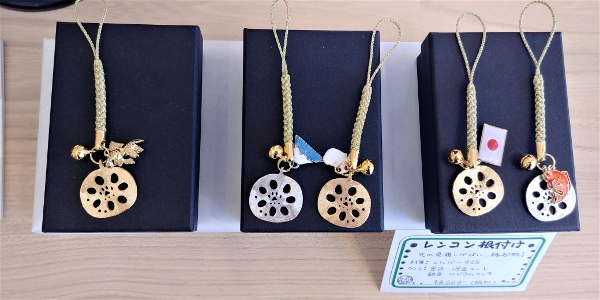
Wooden tubs and basins (yuioke): Literally translated as “bound-tub”, involves an extensive process of transforming sawara-cypress timber into wood slats that fit perfectly together, with no joints, into vessels for various functions.
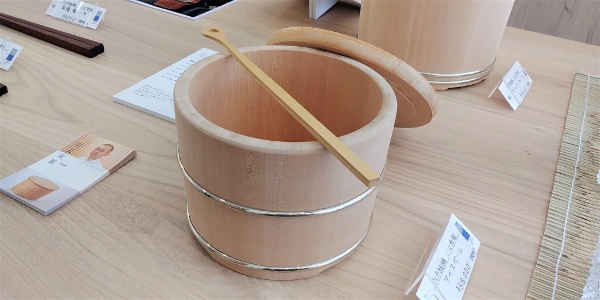
Woodwork (mokuchokoku): Rooted in carpentry, wood sculpture brings out the natural beauty of the timber, mainly zelkova, cypress, sakura, and camphor, with expressive style and delicate motifs.
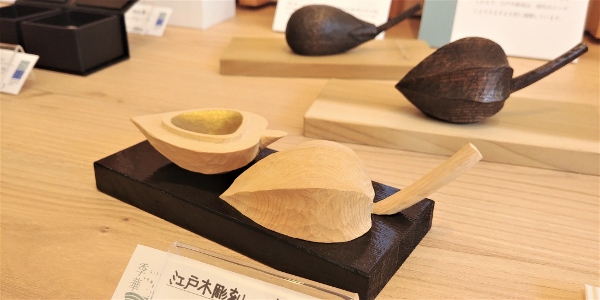
Paperwork (hyougu): Also called, “art by water and brush”, this artform involves carefully adding paper and cloth borders or motifs to scrolls, folding screens, or other decorative items.

Although Kika is a new business, they already have some ideas for upcoming events, such as workshops with the artisans. All 9 of the artisans are masters of their craft, so once set up, this is an event not to be missed!
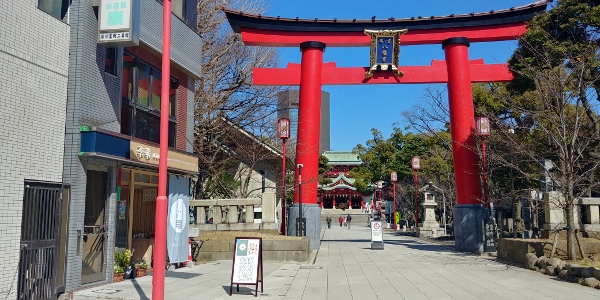
At the moment, purchases can only be made in store, where various methods of payment, including credit card, are accepted. Ms. Watanabe told me they are hoping to have an online shop set up sometime in the near future. For those interested in visiting and perusing these 9 artists’ beautiful crafts, Kika is open from 11 am to 6 pm and is closed on Tuesdays and national holidays. The items on display will change with the seasons, but the artists also take commissions if you want something specific.
Everything in this gallery & shop is a testament to the magical power of talent and dedication. Those looking to support local artists, to learn more about traditional Japanese crafts, or to bring home a truly authentic and unique treasure from Japan, need look no further.
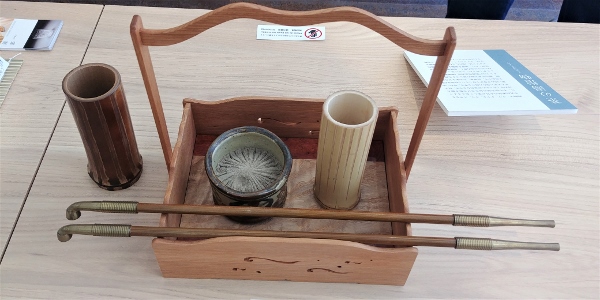
Story and photographs by Jenna Wilson

